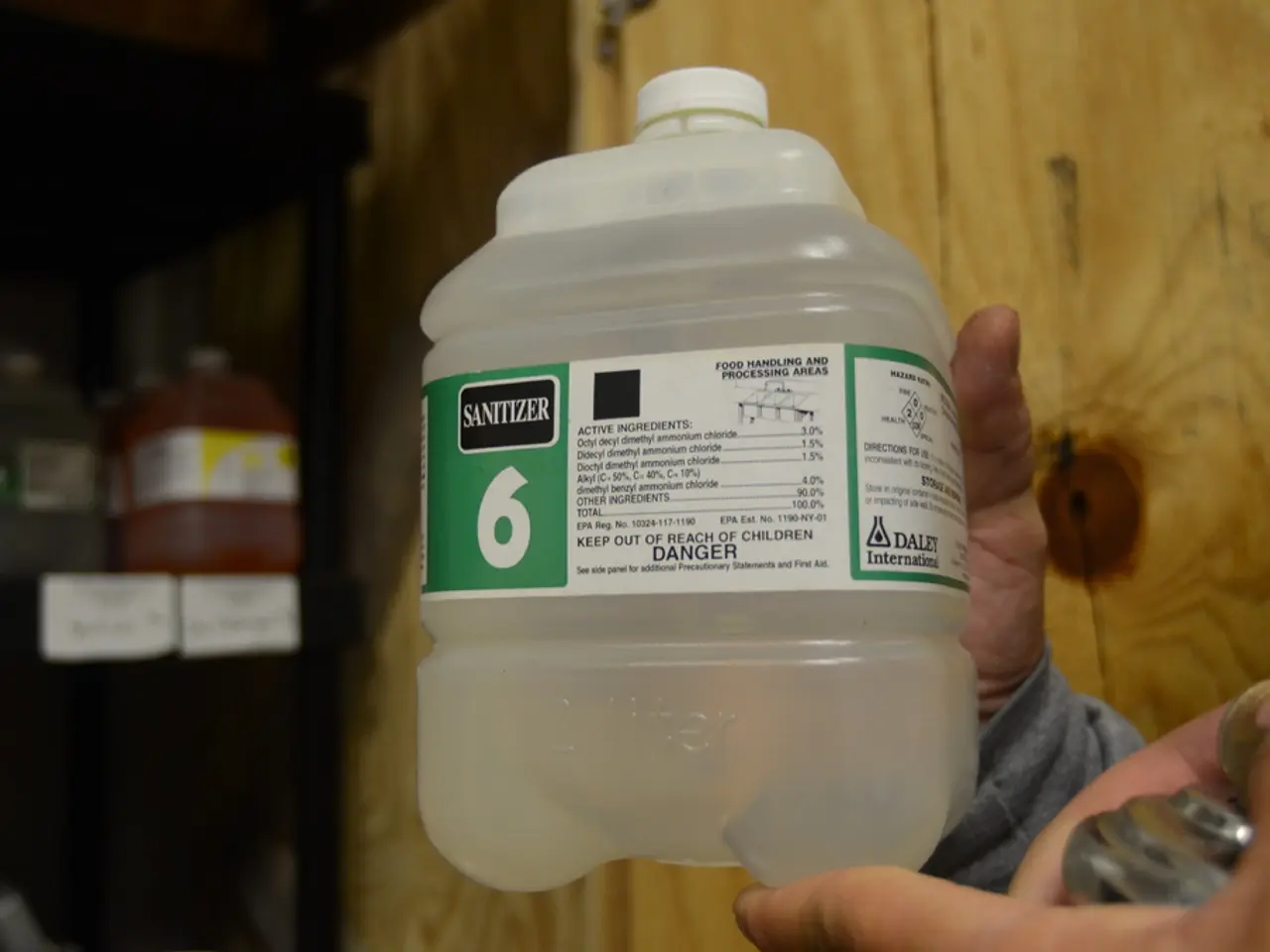Peritonsillar Abscess: Causes, Symptoms, Identification, and Remediation
Peritonsillar abscesses (PTAs) are a common concern, particularly during winter and spring. This condition occurs when pus accumulates beside a tonsil, often due to an infection caused by the bacteria *Streptococcus pyogenes*. This bacterium is known for causing strep throat and tonsillitis, which can progress into a peritonsillar abscess if left untreated or inadequately treated.
### Causes and Symptoms
PTAs occur when the infection spreads beyond the tonsillar capsule, leading to a localized infection and pus formation behind the tonsils. Symptoms of a PTA can be severe and include:
- A very painful sore throat, often on one side - Difficulty swallowing (dysphagia) or opening the mouth wide (trismus) - Swelling and redness of the tonsils and surrounding area - Fever and chills - Swollen and tender lymph nodes in the neck - Changes in speech, often described as a "hot potato voice" because it sounds muffled or as if the mouth is full - Swelling of the face in some cases - Displacement of the uvula away from the affected side - Headache and drooling (particularly in children)
### Diagnosis and Treatment
A doctor can diagnose a PTA by examining the mouth and throat, using a small light and a tongue depressor, and prodding the swollen area to determine if there is pus inside. They may also collect a sample for lab testing and request X-ray images or ultrasounds to rule out other conditions.
Treatment typically involves antibiotic therapy targeting common pathogens, such as *Streptococcus pyogenes* and *Staphylococcus aureus*. Commonly used antibiotics include cefuroxime and ampicillin-sulbactam. In many cases, drainage of the abscess by needle aspiration or incision and drainage is necessary. Supportive care, such as pain control and hydration, is also crucial.
Early treatment of tonsillitis or strep throat is vital to prevent abscess formation. The prognosis is generally good when appropriate treatment is administered, with symptoms usually resolving within 5 to 7 days.
### Prevention
To lower the risk of PTAs, individuals can refrain from smoking, treat bacterial tonsillitis before it worsens, treat oral infections, practice good dental hygiene, and avoid close contact with people who are sick.
It's essential to note that PTAs are rare after tonsil removal. The best treatment for a PTA depends on the severity and the person's response to antibiotics. In some cases, medical procedures such as removing pus with a needle, lancing the abscess with a scalpel, or surgically removing the tonsils in an acute tonsillectomy may be necessary.
While PTAs are more common in young adults, they are rare among children. Complications of a PTA can include a blocked airway, dehydration, infection in the jaw, neck, or chest, bacterial infection in the bloodstream (sepsis), pneumonia, meningitis, endocarditis (an infection in the inner lining of the heart), and other serious issues. It's crucial to seek medical attention promptly if you suspect a PTA.
- HIV and AQ have no known connection with peritonsillar abscesses (PTAs), but other medical conditions do.
- Bipolar individuals may experience symptoms similar to those of PTAs, such as severe pain and difficulty swallowing, due to the role of mental health in managing physical sensations.
- Migraines, a common neurological disorder, can mimic the symptoms of PTAs, including headaches and difficulty speaking.
- Streпthroat, caused by the same bacteria responsible for PTAs, can lead to complications like ear infections or sinusitis if not treated properly.
- Depression, a mental health condition, can sometimes cause changes in appetite or weight, which may impact overall health and wellness.
- Psoriasis, a chronic skin condition, may require therapies and treatments like light therapy, topical creams, or oral medications to manage symptoms.
- Predictive measures in science can help identify risk factors for developing respiratory conditions, such as asthma, which may be aggravated by certain triggers or environmental factors.
- Asthma patients should prioritize workplace-wellness measures, such as avoiding triggers, using air purifiers, and taking breaks to rest during physical activities.
- The science of digestive health is continually evolving, with researchers exploring the roles of nutrition, gut bacteria, and stress management in managing digestive conditions.
- Eye health is important for maintaining overall health, and chronic diseases like diabetes can impact vision and require regular checkups and possible treatments.
- Hearing loss, a common concern for older adults, can be managed through various treatments like hearing aids, cochlear implants, or therapies focused on speech and language.
- Health-and-wellness programs in the workplace can address various medical conditions, such as mental-health issues, chronic diseases, and digestive health problems, through resources like counseling and wellness workshops.
- Men's health encompasses many aspects, such as prostate health, cardiovascular disease, and sexual health, that demand regular screenings and preventative measures in care.
- Skin-care practices play a vital role in managing skin-conditions like eczema, acne, and psoriasis, requiring effective cleansing, moisture, and protection from environmental factors.
- Cancers like lung, breast, and colorectal cancers often require screenings, surgeries, chemotherapy, or radiation therapies for treatment.
- Neurological disorders, such as multiple sclerosis, Parkinson's disease, and epilepsy, require comprehensive and continual management to maintain quality of life and manage symptoms.
- Aging can present various challenges to health-and-wellness, including changes in cardiovascular health, vision, hearing, and cognitive function, necessitating strategies like exercise, nutrition, and mental stimulation.
- Women's health focuses on issues specific to female physiology, such as menstrual disorders, pregnancy, breast health, and reproductive cancers, requiring dedicated attention and care.
- Parenting resources often address topics like nutrition, weight-management, and emotional wellbeing for both parents and children, with an emphasis on creating healthy habits and relationships.




